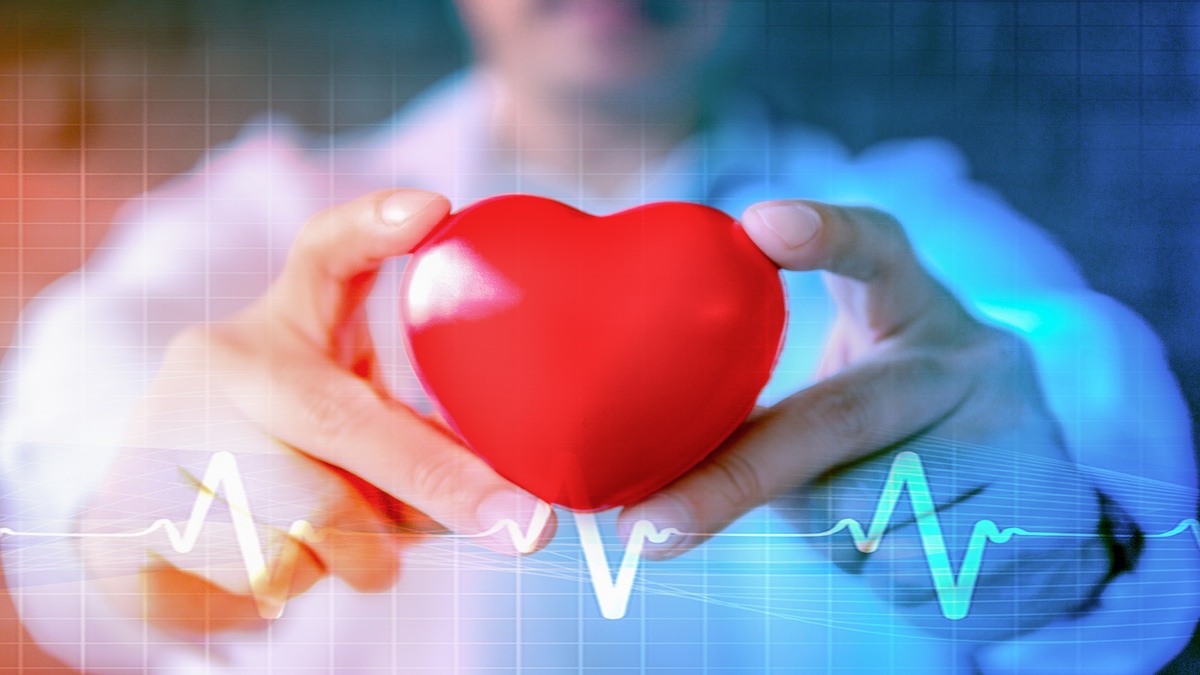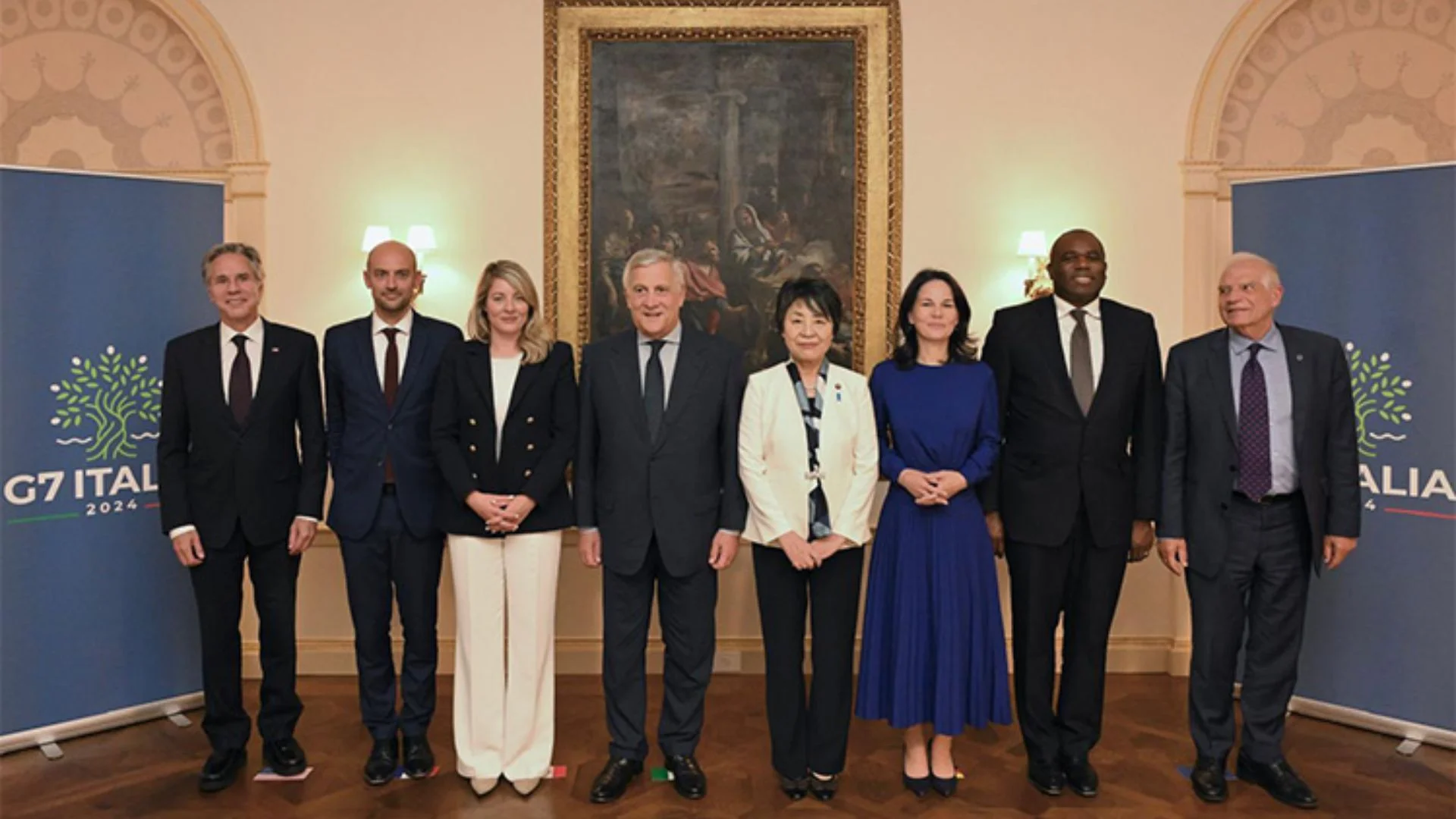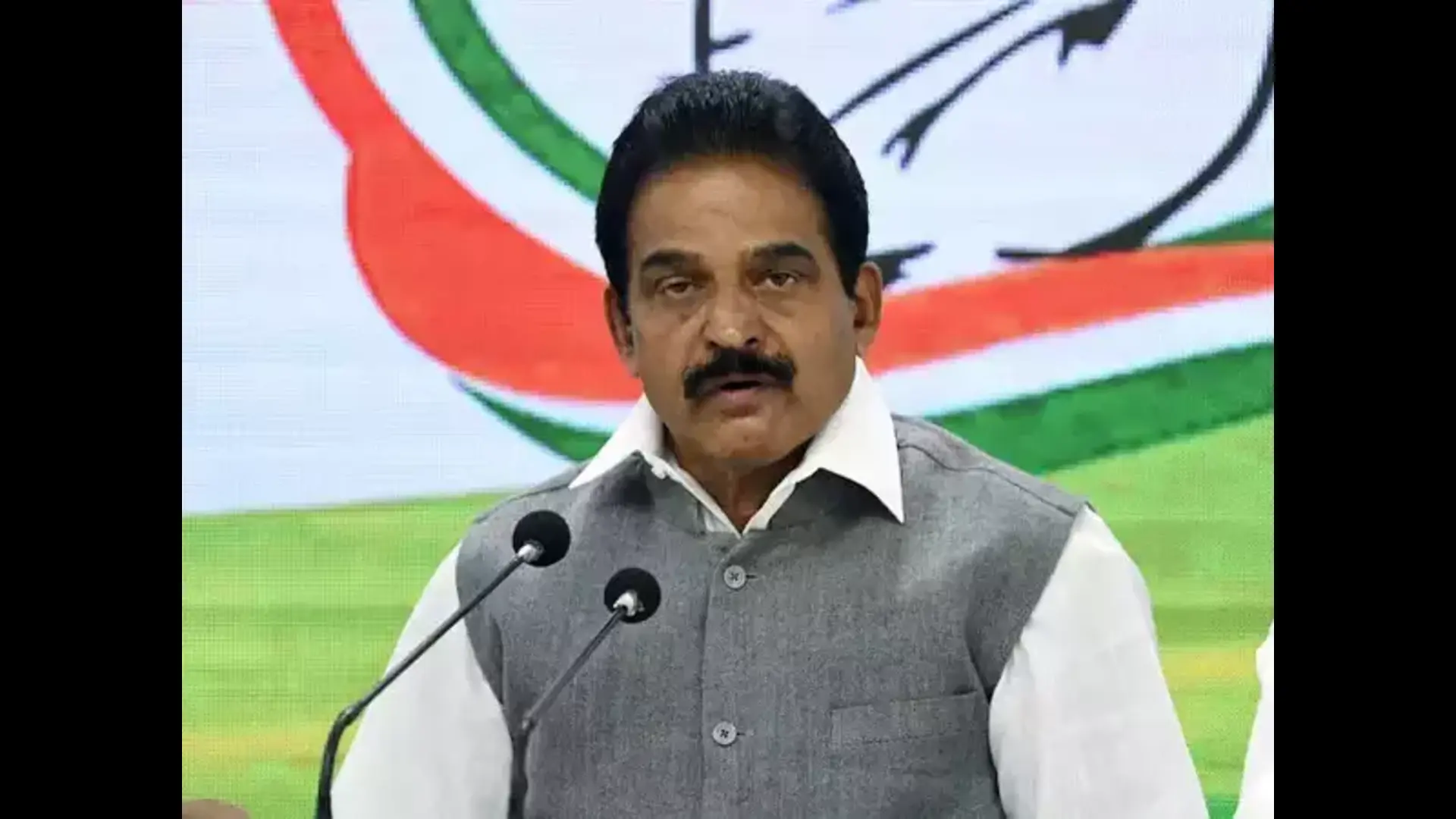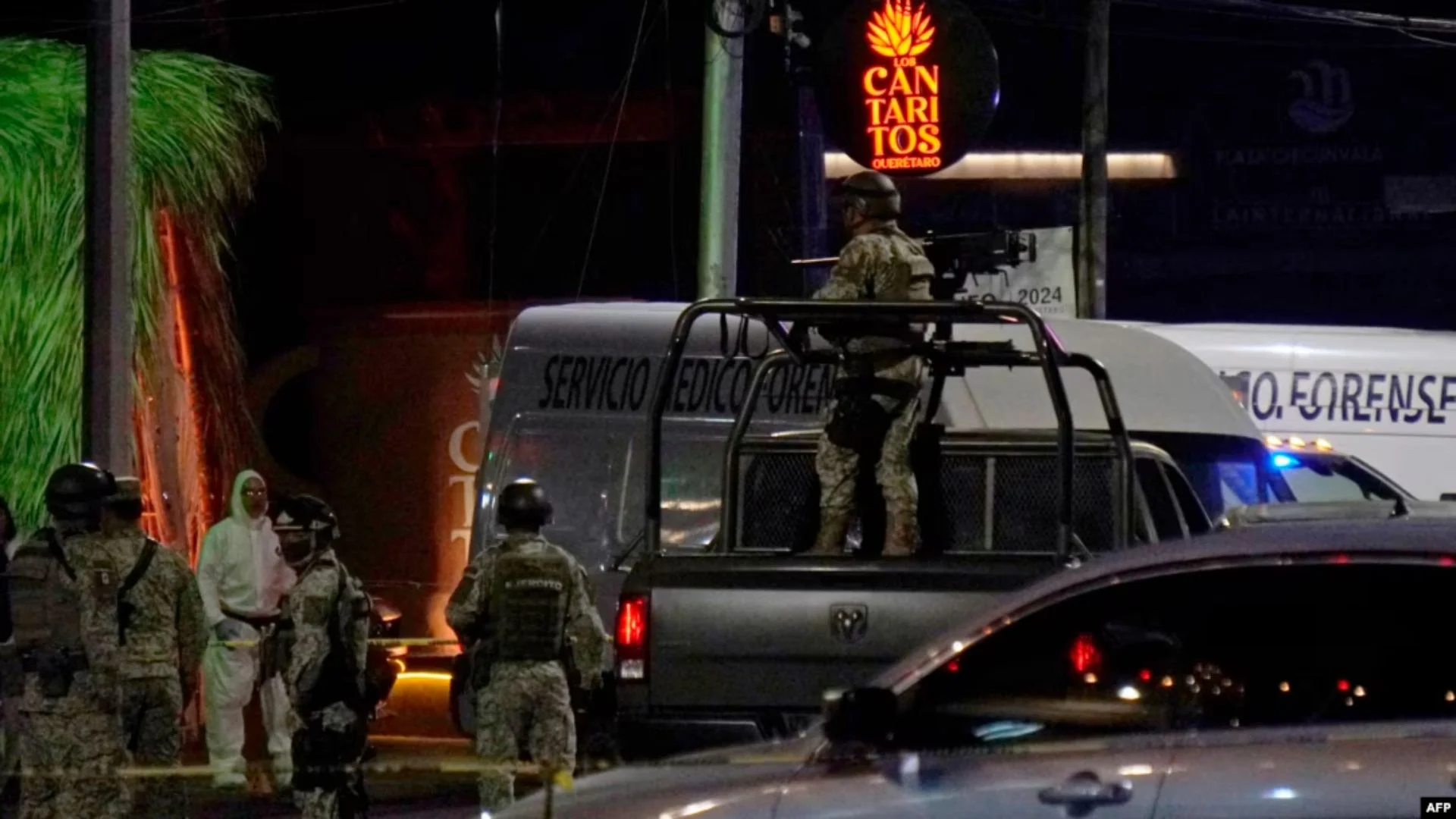
It was 1 June 2021 at 6.10 pm, I had just returned from hospital and was pondering over today’s work while taking my dog Jerry out for his evening walk. As I reached society gate, my phone rang, which broke my thoughts. There was an unknown number, but somehow, I decided to pick it up.


A lady in a sheer panic called me on the other side, asking me if I am Dr Chandra, without even waiting for my answer, she told me her husband had collapsed in the home at Utopia. I rushed back, took my stethoscope, and found my way towards the said address.
The flat was on the 7th floor. As I reached the lifts, the guard was already alert and showed me to the 7th floor flat. I was taken straight to the bedroom, where a young gentleman was lying on the floor, and our energetic and ever helpful Vice President of the society Sayema and her team of guards were busy doing CPR. But there was no pulse, no breathing movements and the pupils were dilated and fixed (the ultimate sign of irreversible brain damage). No cardiac activity on listening thru the stethoscope. My worst fears proved correct. A young life was gone. Too prematurely. Could we have saved his life? This was what Sayema asked me with sadness. I was feeling guilty for not being able to save a young life.
Every now and then, we listen to such news of a young person, previously hale and hearty, dying suddenly, due to Sudden Cardiac Death (SCD). The most common cause of which is Ventricular Fibrillation. This is a medical term denoting, chaotic, very fast and ineffective cardiac activity, leading to the cessation of blood flow to the vital organs, including the brain, and if not restored in the next five to eight minutes, leads to irreversible brain damage and ultimately death.
According to World Health Organisation, nearly 5.8 lakh people are dying due to heart attack in the world in a year. Nearly 1.15 lakh people die due to cardiac arrest every day in the world.
Sudden Cardiac Arrest (SCA) is the number one killer in India, killing approximately 25 lakh people every year. As per the data revealed by the Delhi Economic Survey about 150 to 250 deaths happen in the city of Delhi every single day and out of these deaths, 25 to 45 deaths occurred due to Sudden Cardiac Arrest (SCA).
So, what could be done in five minutes, in a residential tower on the 7th floor with the nearest heart hospital at least 2 km away? If we wait for an ambulance or a doctor to arrive it takes at least 30 minutes, even if you are very near to a hospital. With each passing minute after a cardiac arrest, the chance of survival goes down by 10%. That means after 10 minutes of cardiac arrest, there are negligible chances of survival.
Thankfully, with the great strides in medical technology, we now have a small portable device, called AED (Automated External Defibrillator), that can be used by a layperson/bystander, to jumpstart the heart from the cardiac arrest.
So what is an AED? Let me answer this in Q&A format:
1.What actually is an AED?
AED are small portable battery-powered devices, which are designed to detect ventricular fibrillation (Cardiac Arrest), and are able to deliver a shock, to correct it. AED uses sophisticated software to analyze the victim’s heart rhythm and determine if a shock is required to restart the heart. The electrodes which attach to the victim’s chest relay information to a computer inside the AED that analyses whether a shock is necessary. A shock is only delivered by the AED if deemed to be needed (a sudden cardiac arrest event is detected) and the “shock” button is pressed by the rescuer. The electrodes will deliver a shock to the body which stuns the heart allowing it to reset to a normal heart rhythm. It’s important to back away from the victim if the AED indicates it’s about to deliver a shock. Receiving this shock to restart the heart is essential to survival as there is only a three to five minute window before most individuals begin to experience brain damage.
2.Do I need any training to use an AED?
AED is designed to be used by a layperson. A very short training of only 10 to 15 minutes, only which is required to use an AED. Even a 5th class student can learn to use AED, and it is safe. Most AEDs give voice-based step by step instructions on how to operate it.
3.I know CPR – that’s enough.
CPR is very important, but CPR alone is not enough. The odds of survival reduce by as much as 10% every minute the heart is not beating after a sudden cardiac arrest or cardiac event. The use of an AED along with CPR actually increases a person’s chances of survival by 75%. After 10 minutes without defibrillation, very few people survive. Every minute counts!
4: How safe is it to use AED. Could I get a shock?
AEDs are designed to be very safe. There are zero chances of getting a shock while using it. An AED cannot shock a person whose heart is in a normal rhythm. Most AEDs will clearly tell you something along the lines of: “Stay clear of the patient” and will warn you not to touch the patient before pressing the shock button and administering the shock.
Should you happen to have a hand on the patient while a shock is administered, you may feel a slight tingle. Proper placement of AED pads is unlikely to cause any harm. All you have to do is follow the prompts and you will be safe. If a person does not have a “shockable” rhythm, the AED will not allow the delivery of a shock.
5: Should I wait for medical personnel to arrive before I use an AED?
Remember, you only have minutes to act! If you wait for a doctor to arrive, in five to ten minutes of a cardiac arrest, that is practically impossible in the Indian scenario. Your best bet of saving the person is to give a shock as early as possible.
6: I can only use my AED once.
Most AEDs can administer a range of 100 to 200 shocks in their useable lifetime and a maximum of four shocks can be delivered during a rescue. Pads should be replaced every 2 years to ensure they are sticky enough to be adhesive on virtually anyone’s chest. Batteries should be changed every five years and AEDs should be replaced every seven to ten years.
7: Can AED be used in children?
Latest generation AEDs can be modified to be safe for use on small children under the age of 8. It is recommended that you use specialised pads child keys which lower the amount of charge released by the AED. Purchasing an infant/child AED kit is a must for schools or daycares.
8: Can an AED shock a victim, when it is not needed?
It is nearly impossible because of the excellent diagnostic algorithm these machines have. They deliver a shock, only when needed.
9: AEDs are expensive to purchase and difficult to maintain.
AED prices have reduced over the years. In India, it is available from Rs 80000 to 1 lakh that can be shared amongst a large number of residents, bringing the individual price to an affordable level. AEDs are very easy to maintain, the battery needs replacement every five years.
I jolted by the above incident at our society, our BOM led by P.K. Misra, and ably supported by Sayema, decided to acquire an AED for the Utopia family. And I am happy to inform, that as I am writing this article, a brand new AED has been procured, making Eldeco Utopia the first society in Noida to get this life-saving machine. We have organised a training session for all the guards and few interested residents. We sincerely hope that the need for AED never arises but just like a fire extinguisher, it gives us confidence.
The writer is a Resident of Eldeco Utopia, Noida & Director, Interventional Cardiology, Fortis Escorts Heart Institute, New Delhi.















